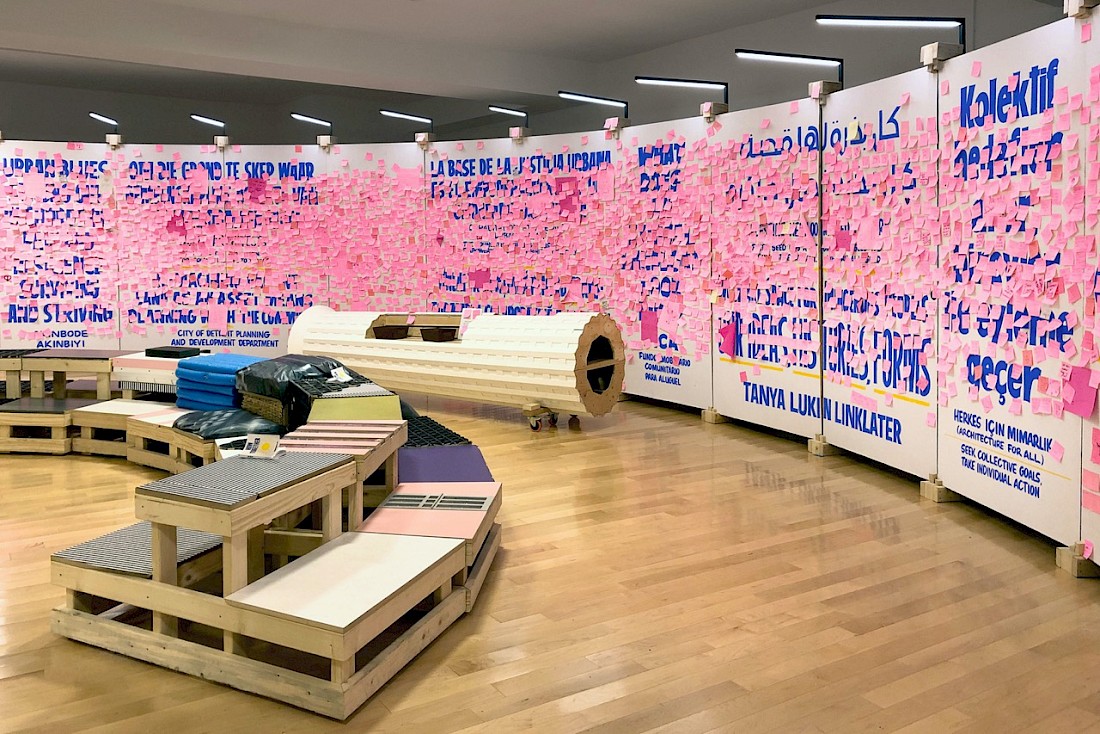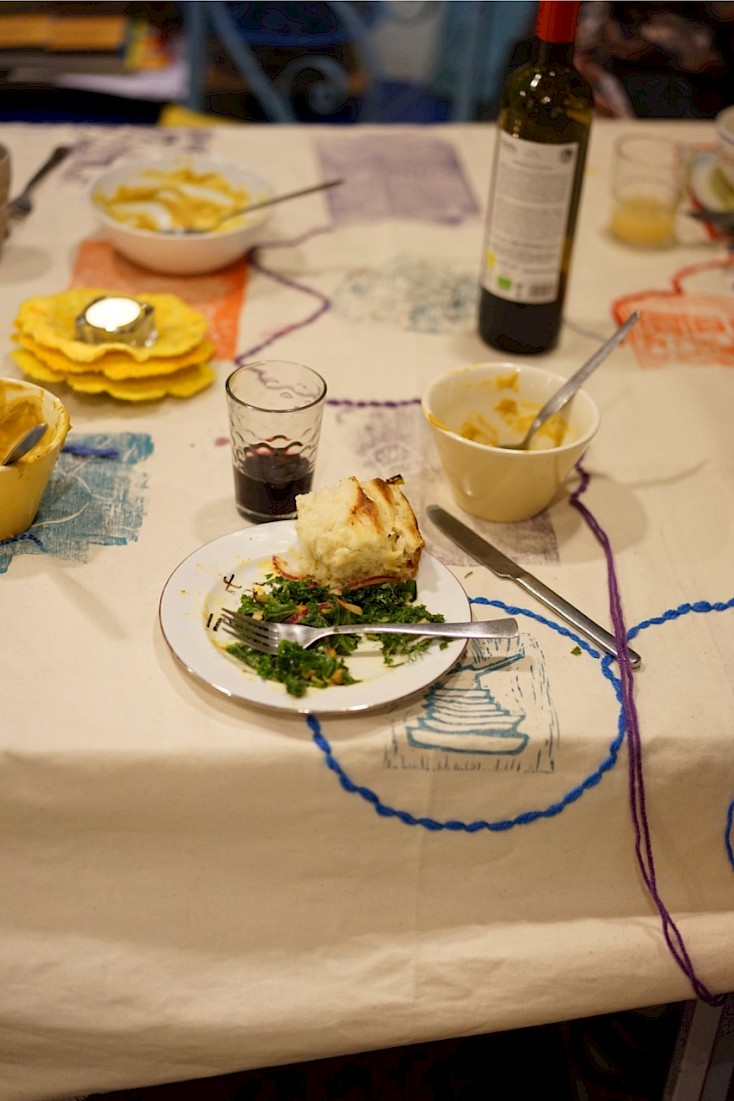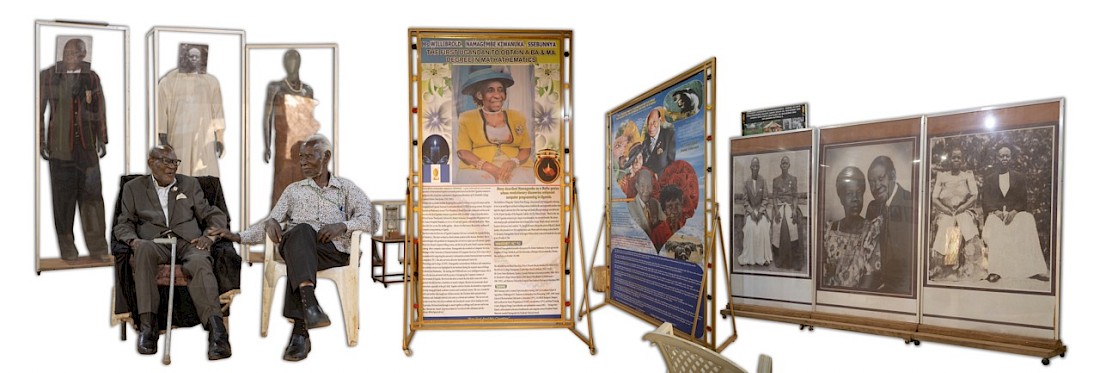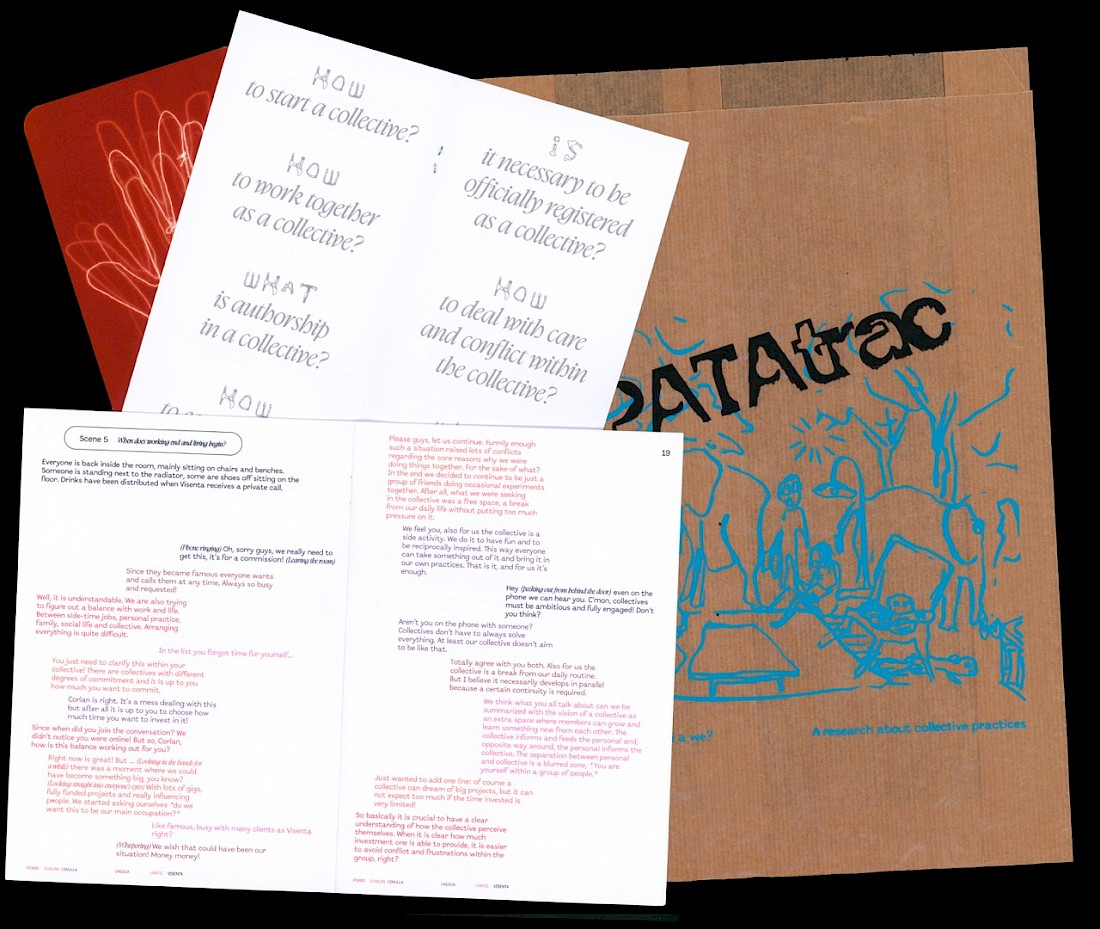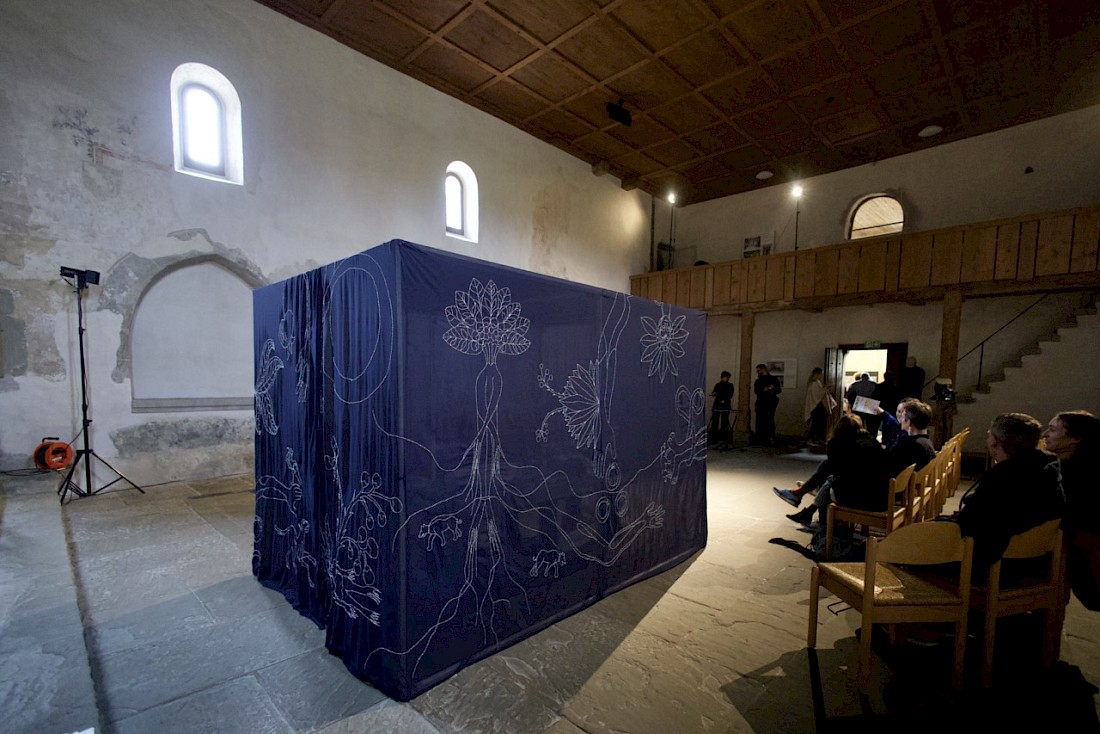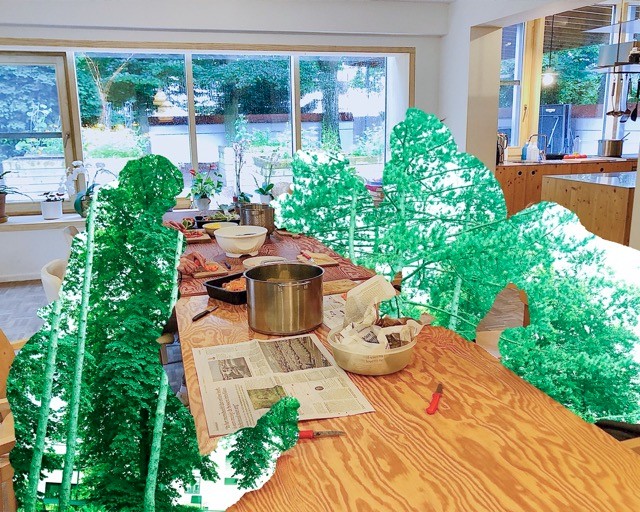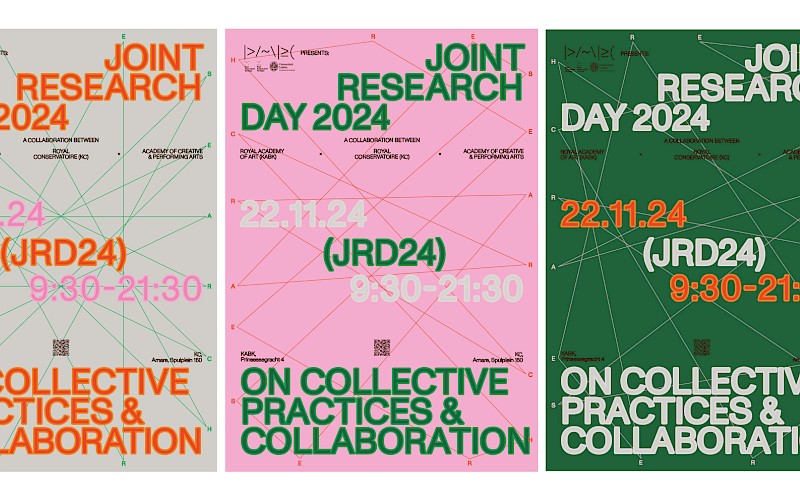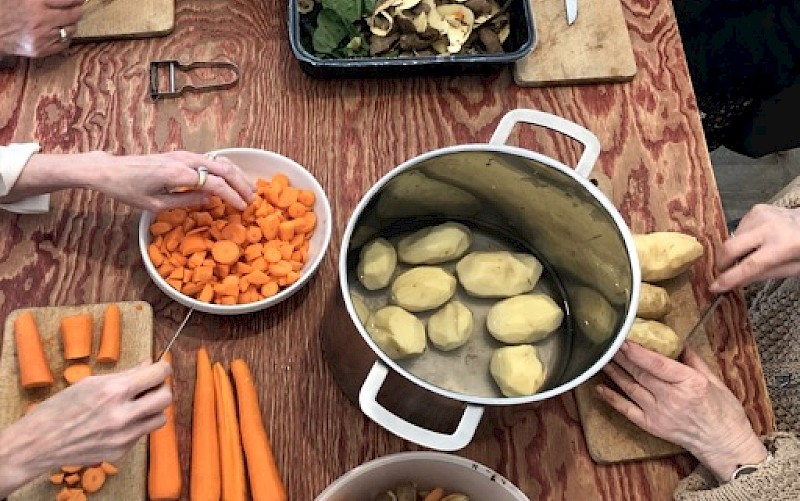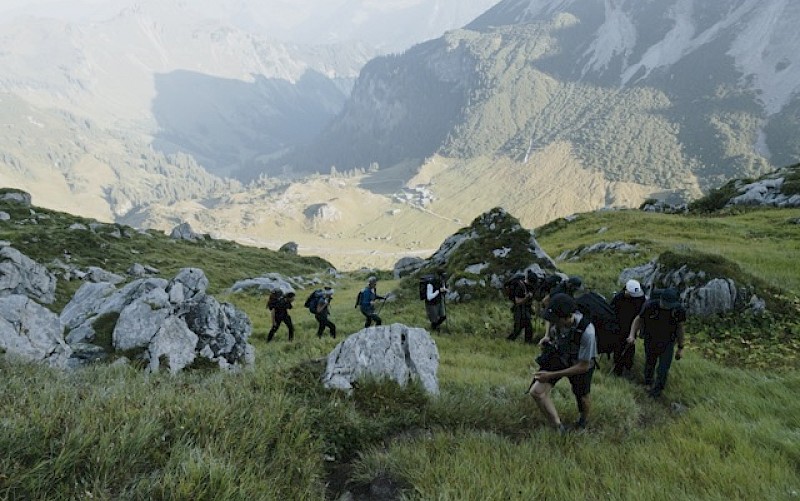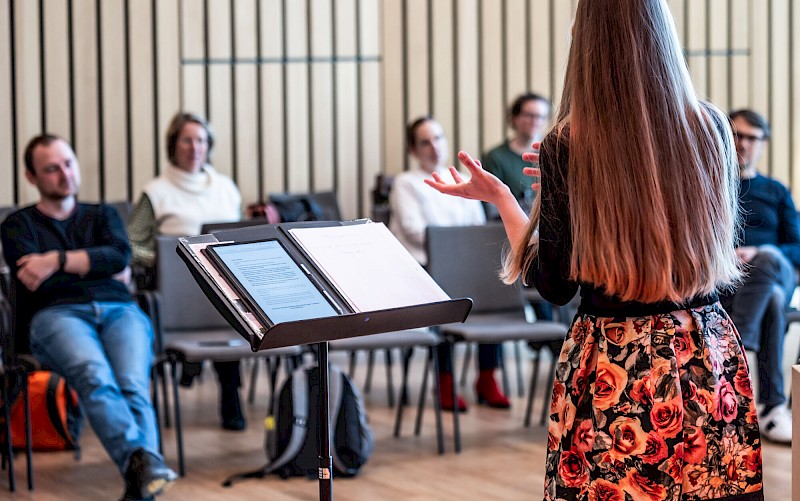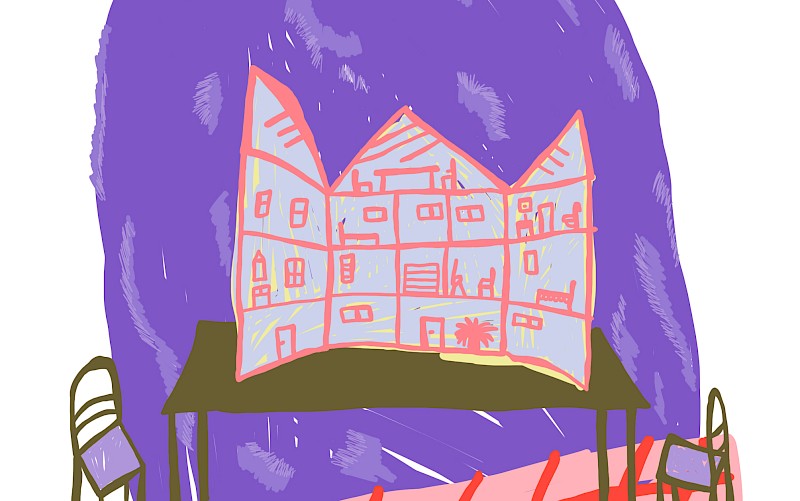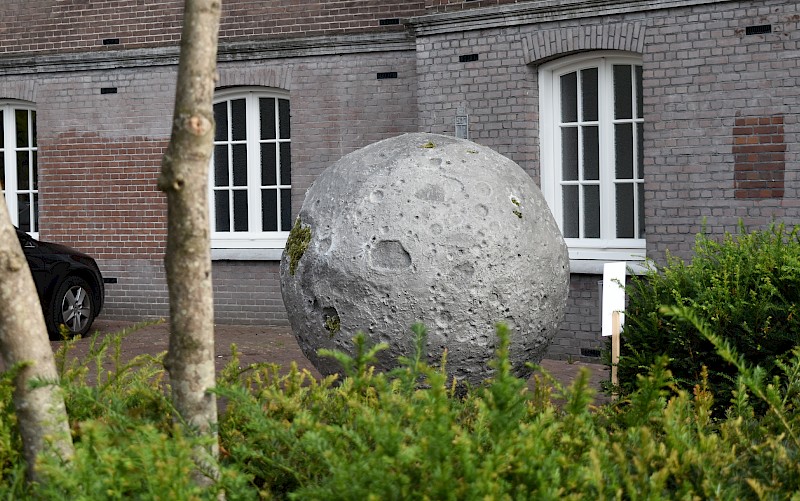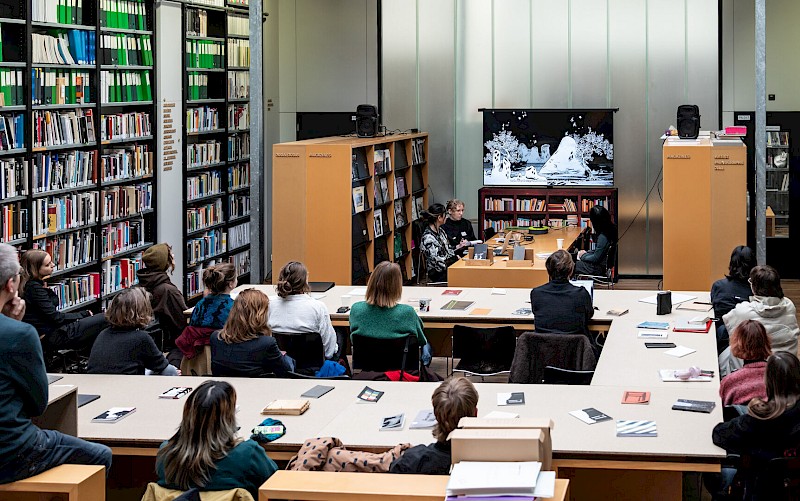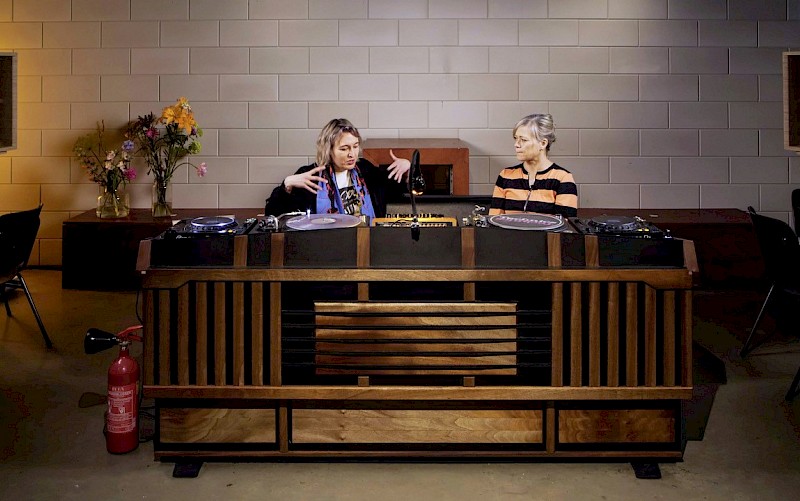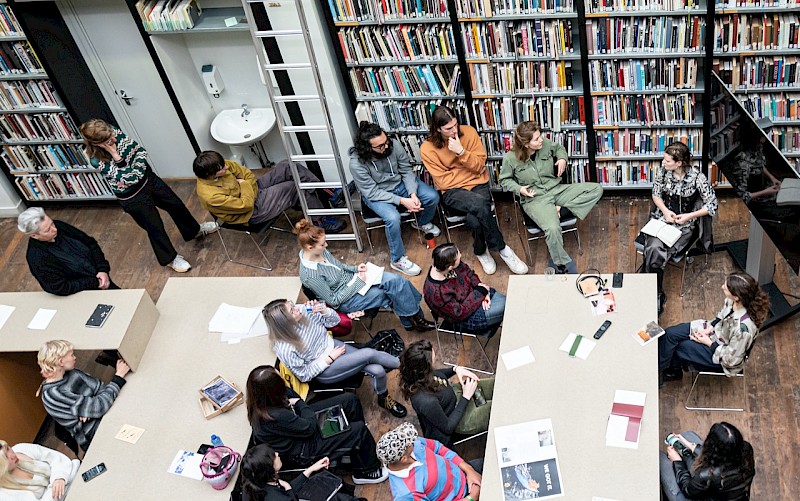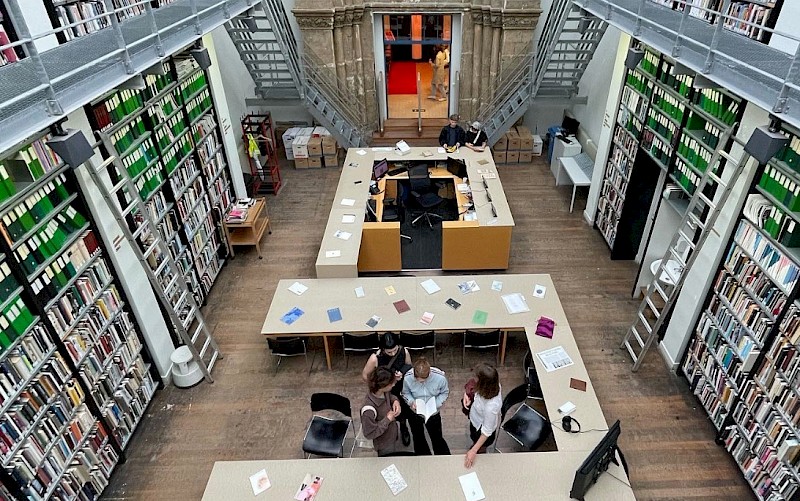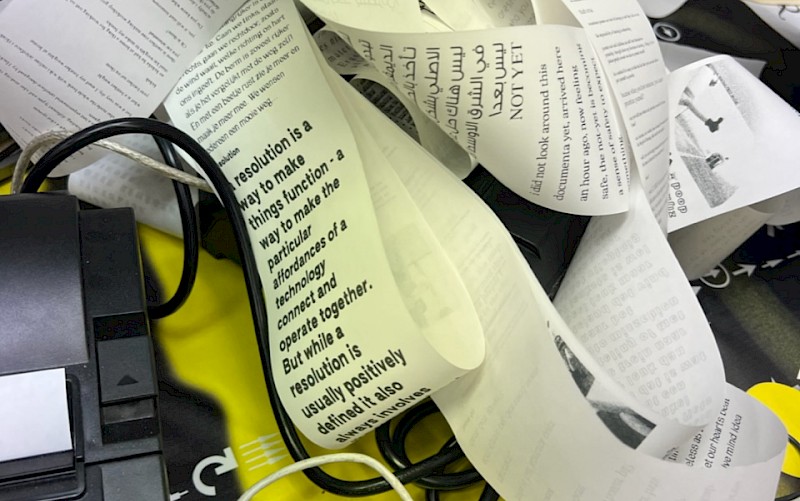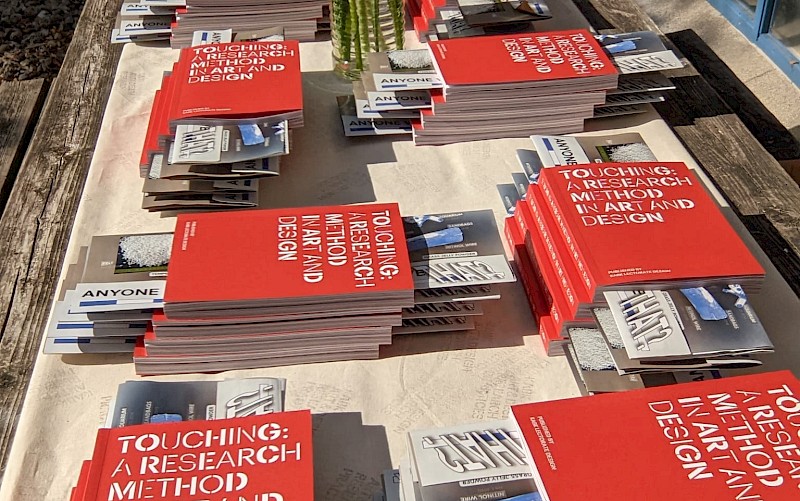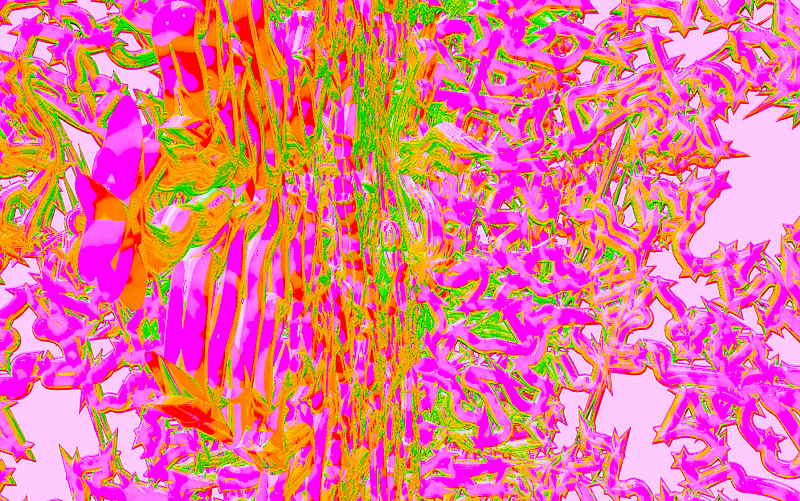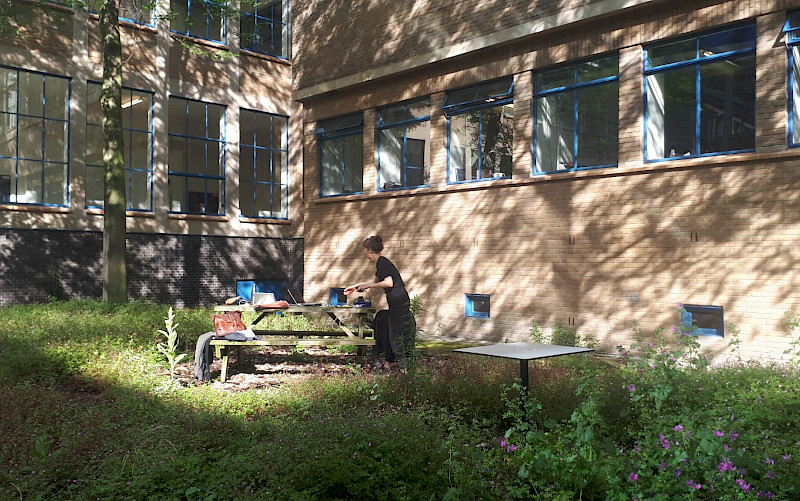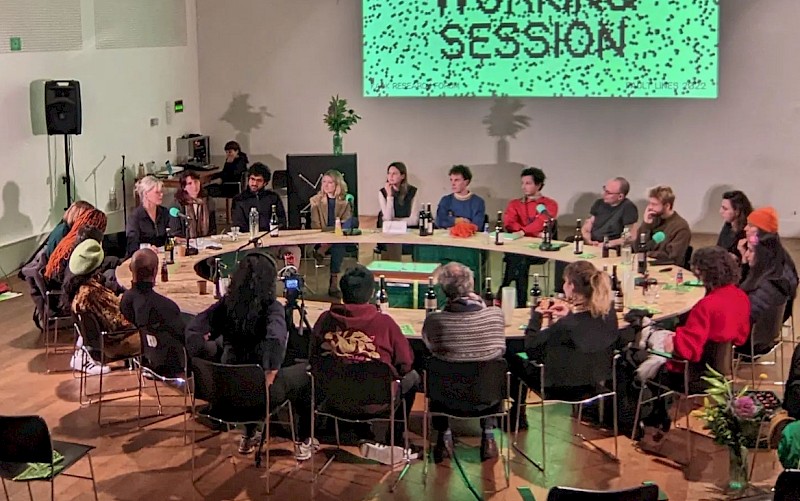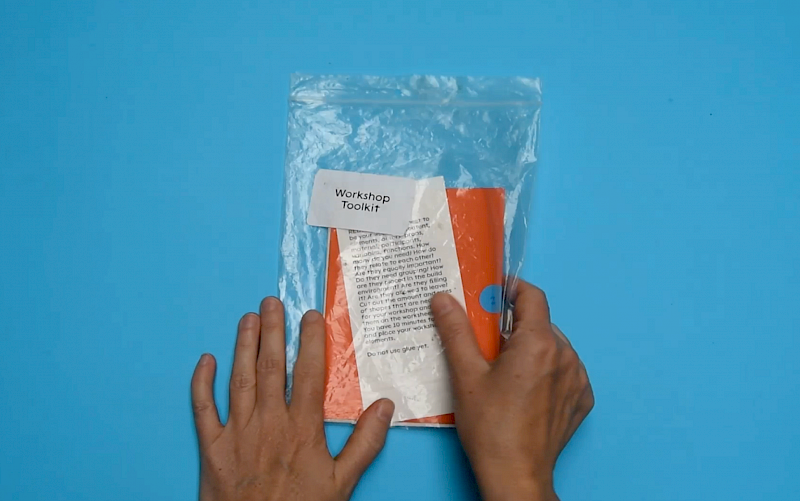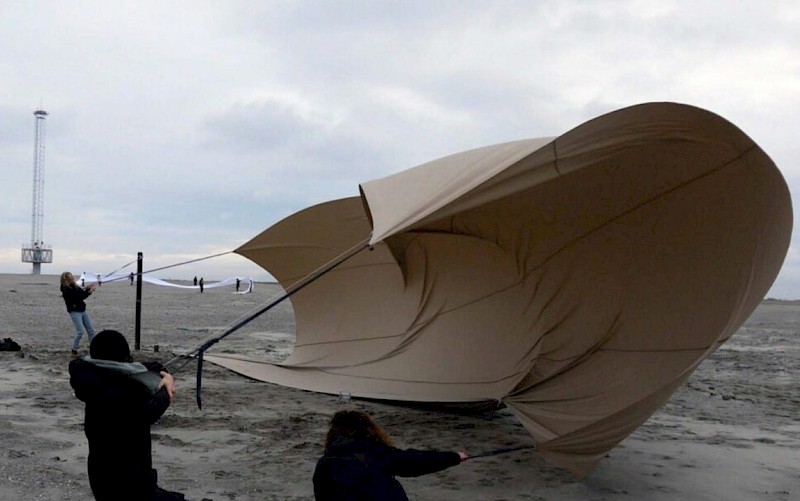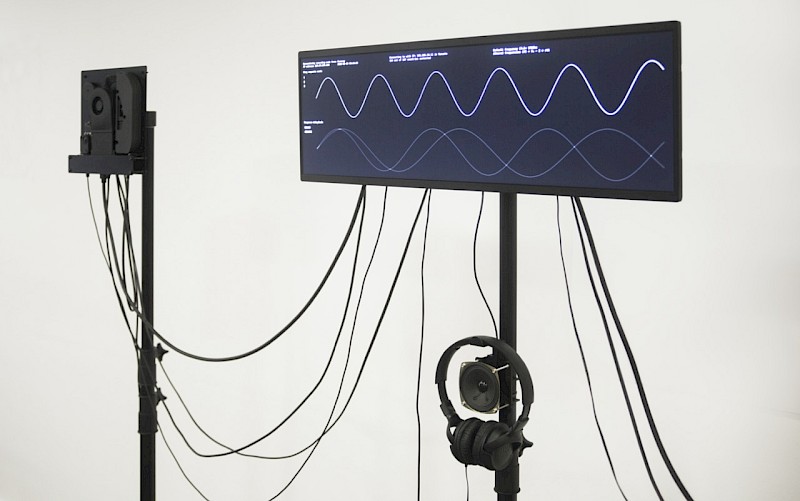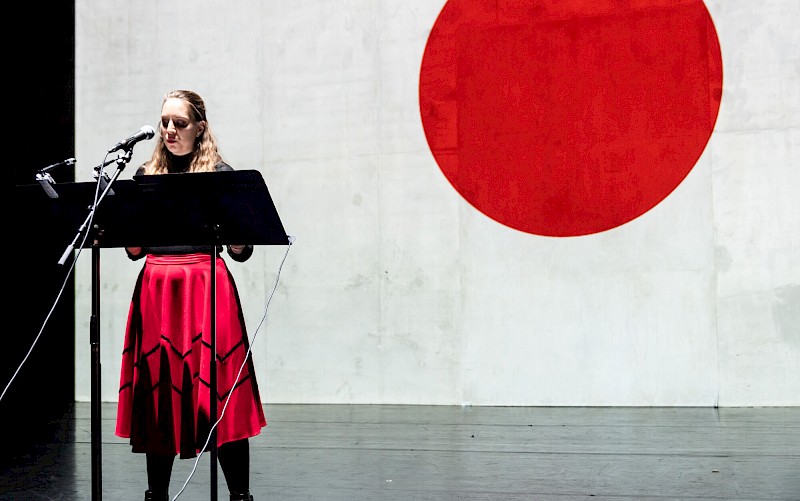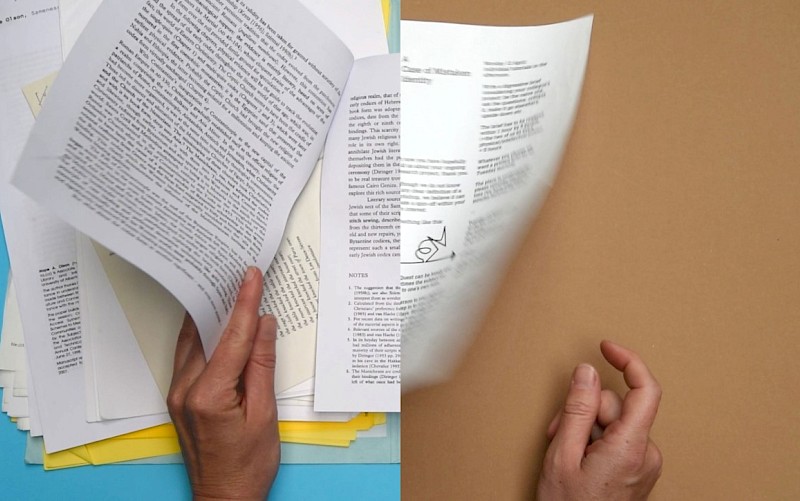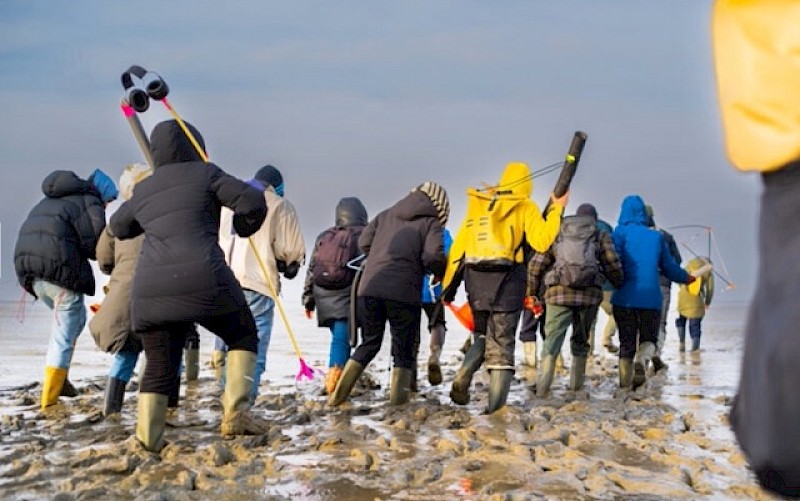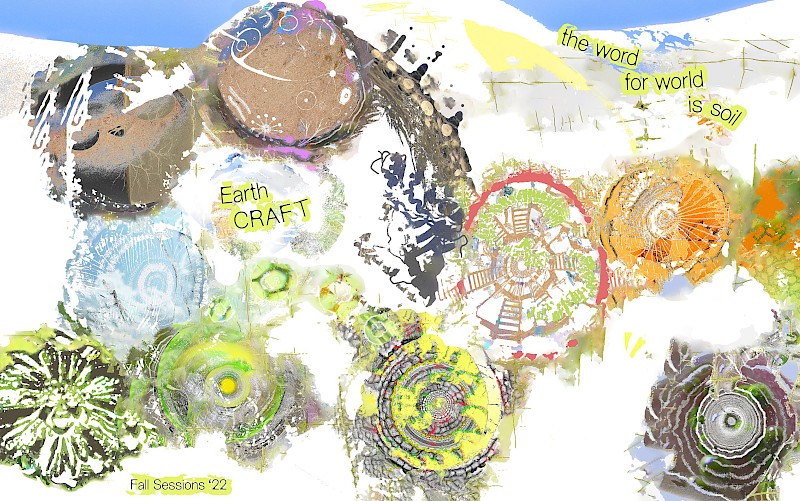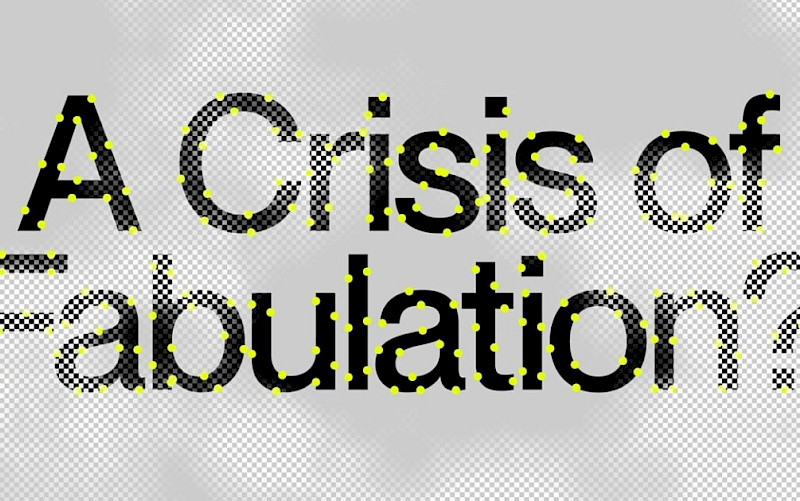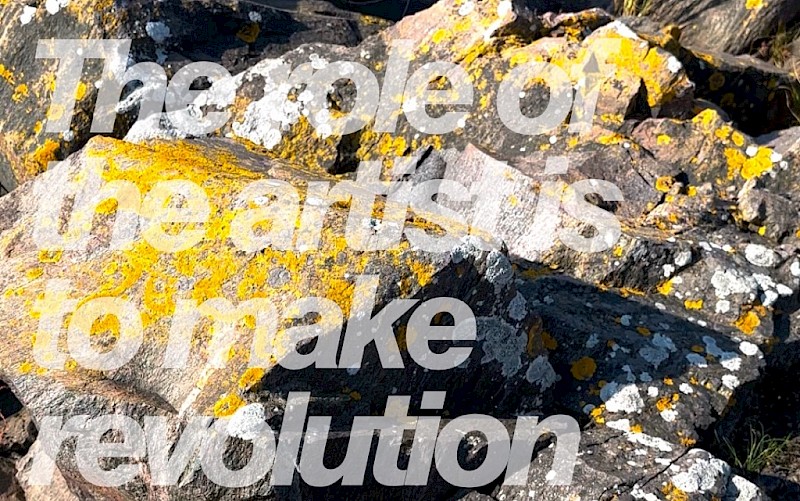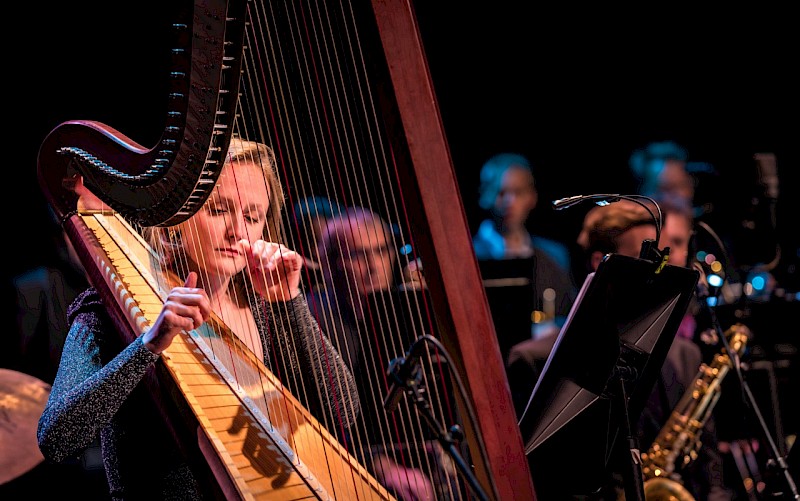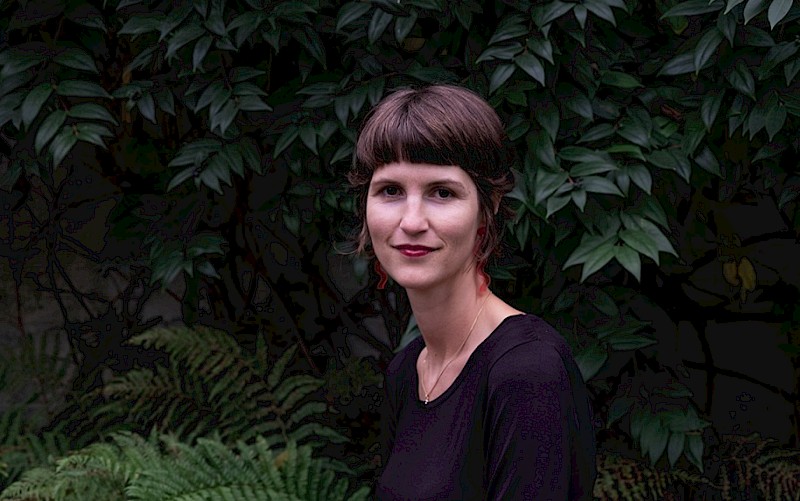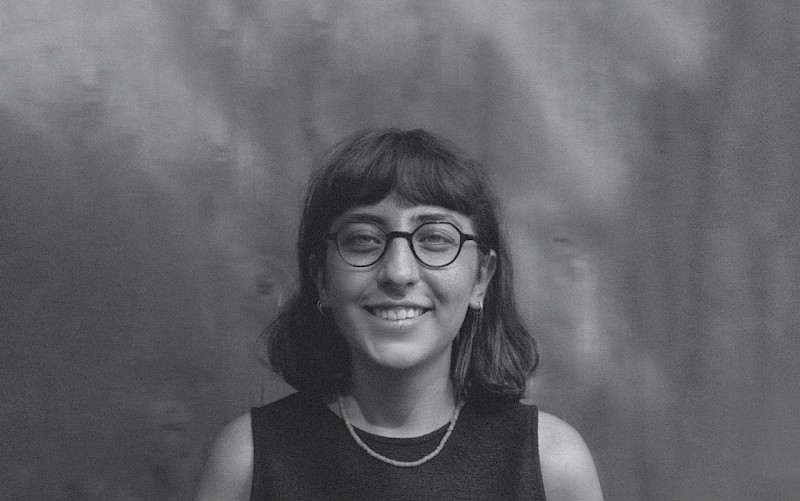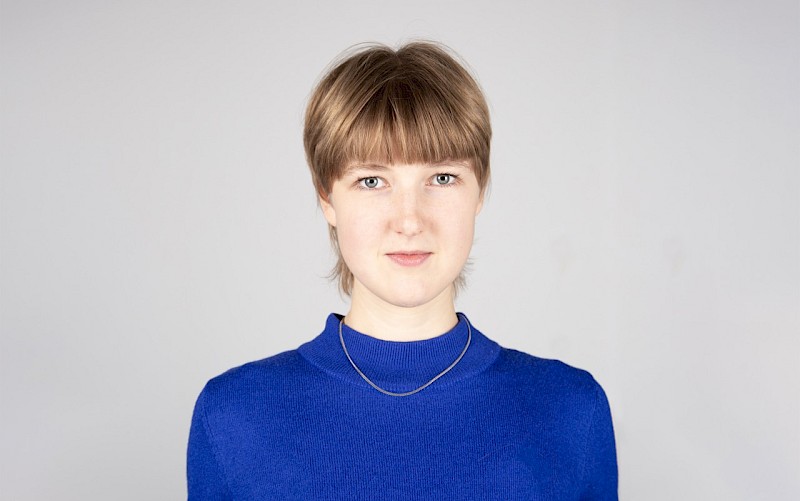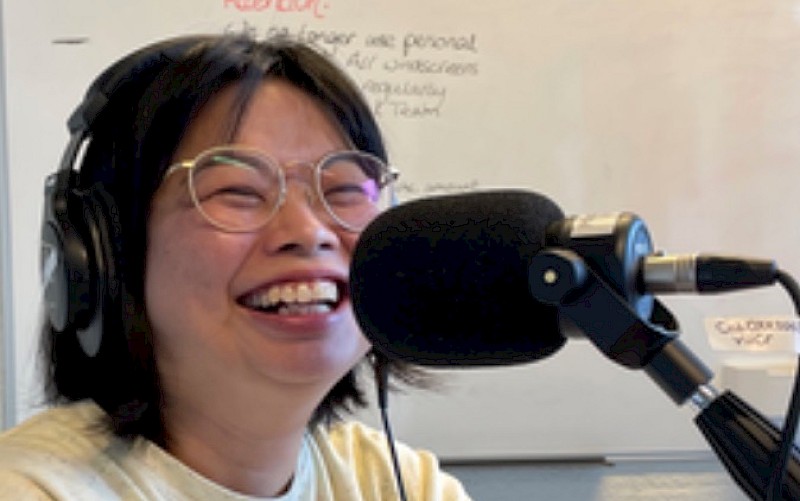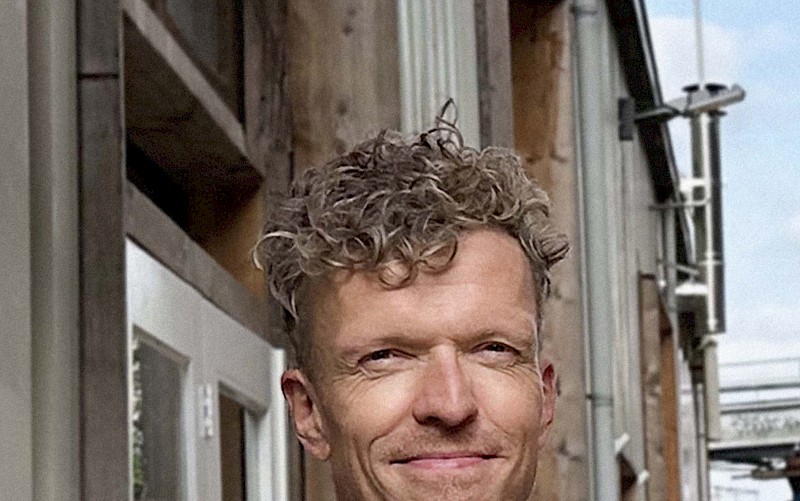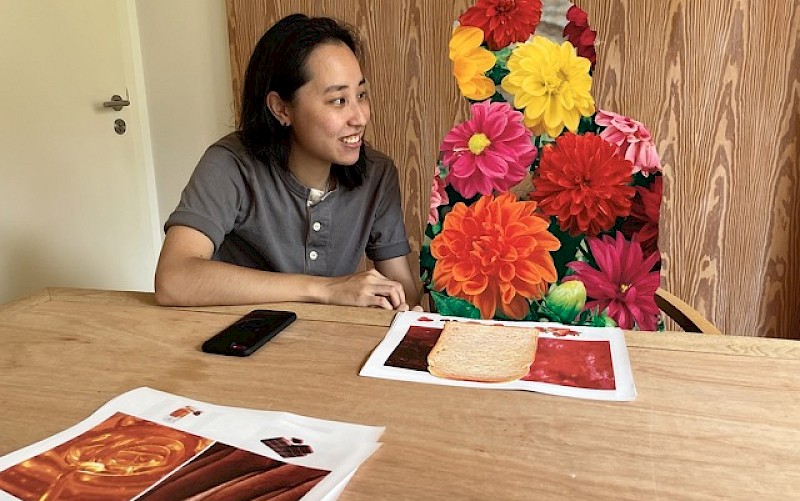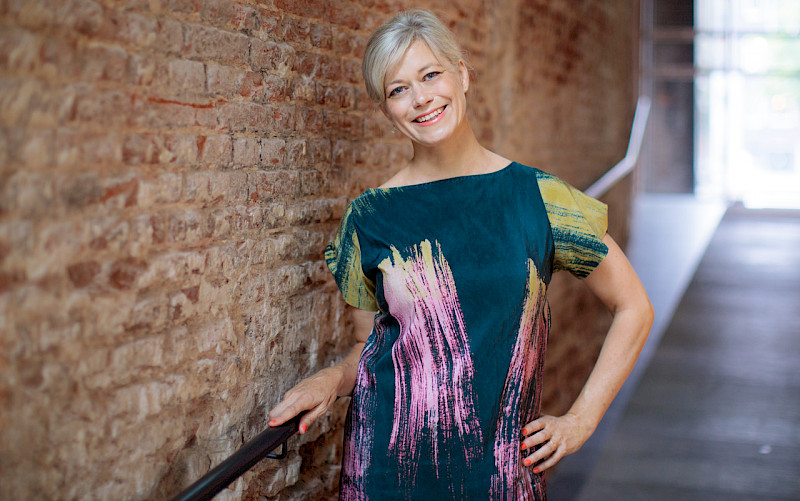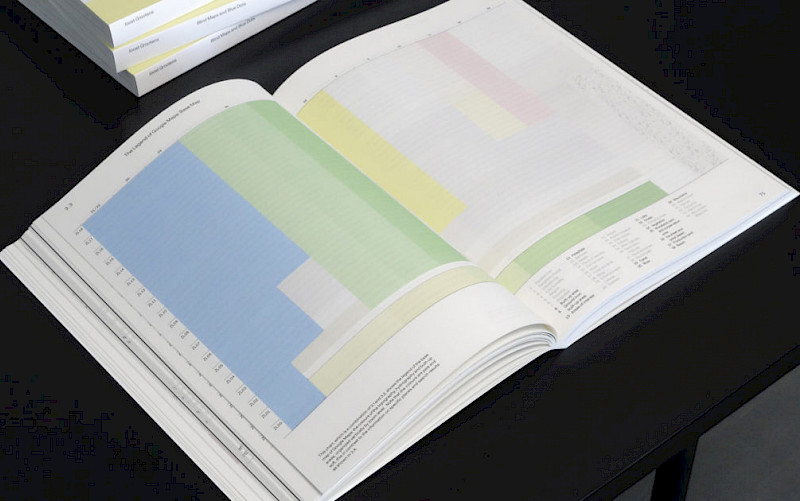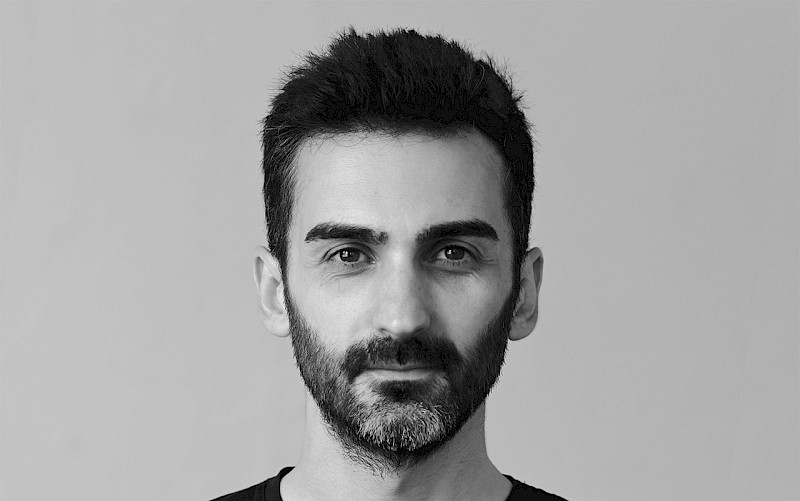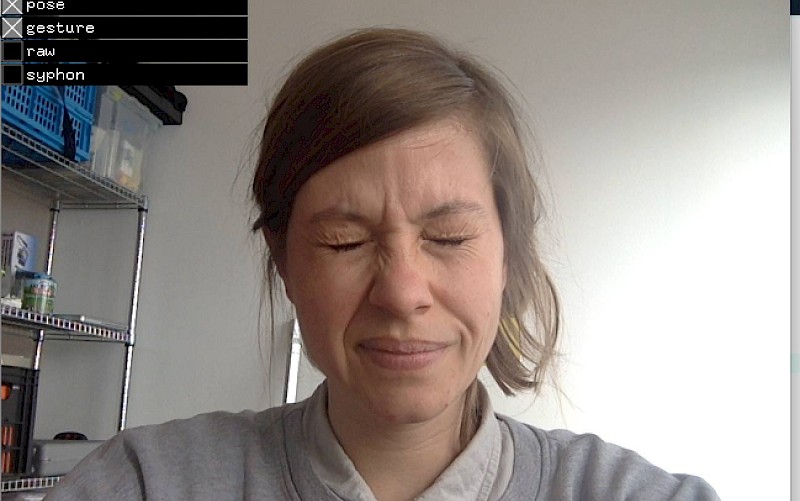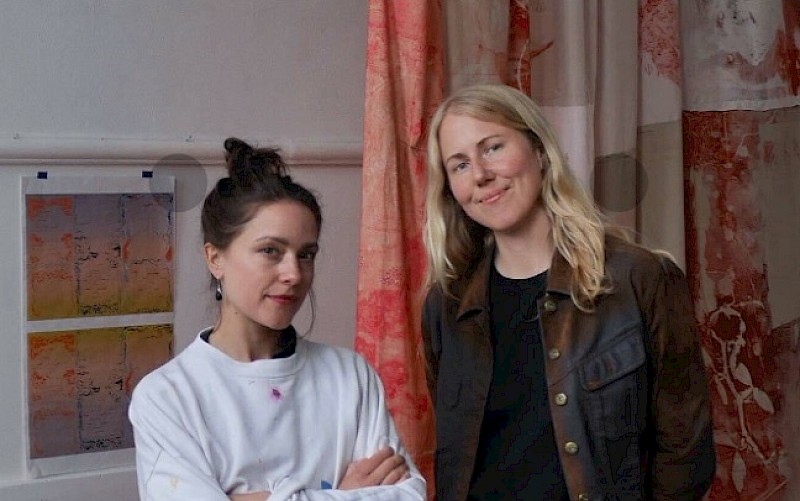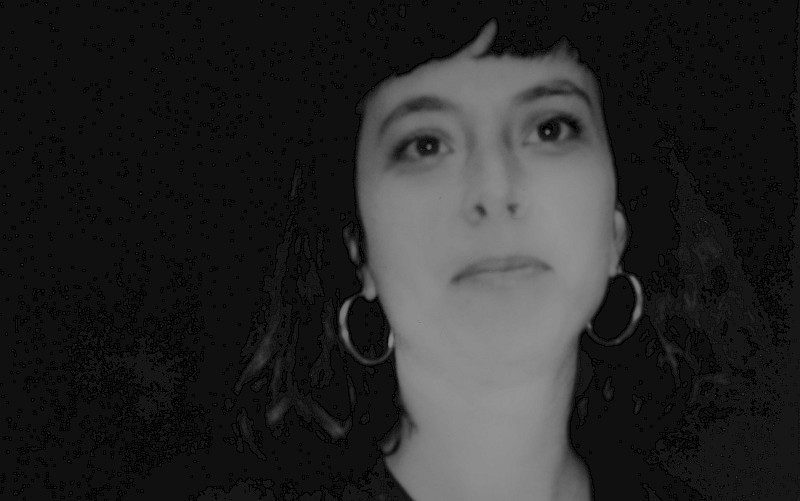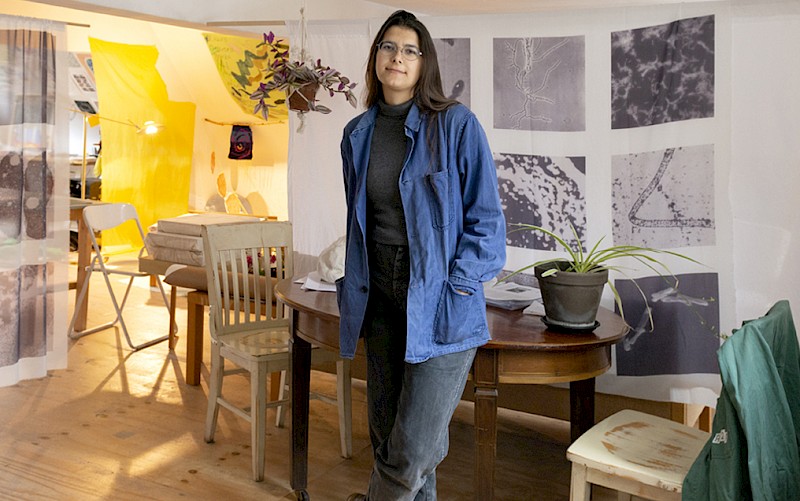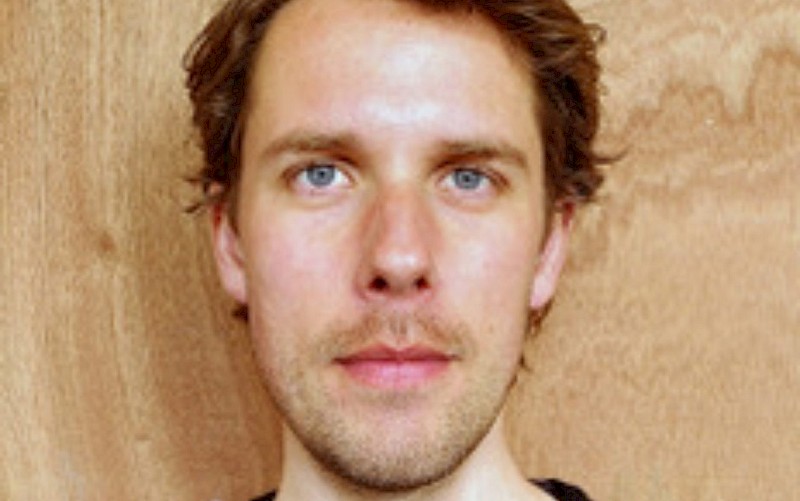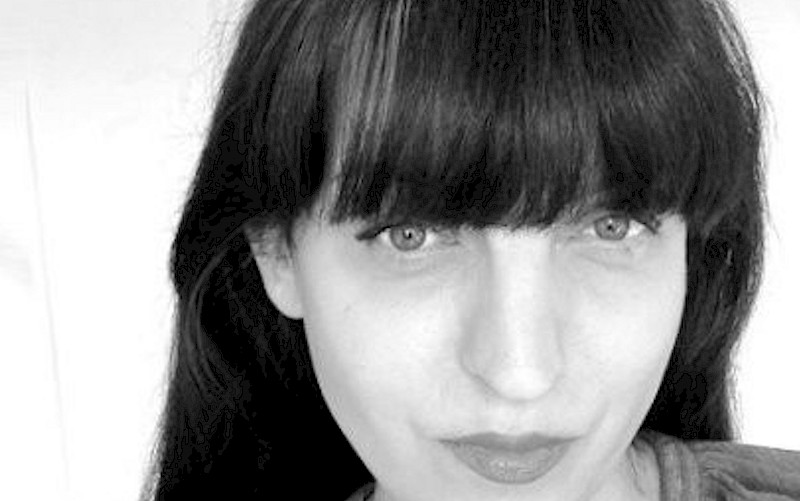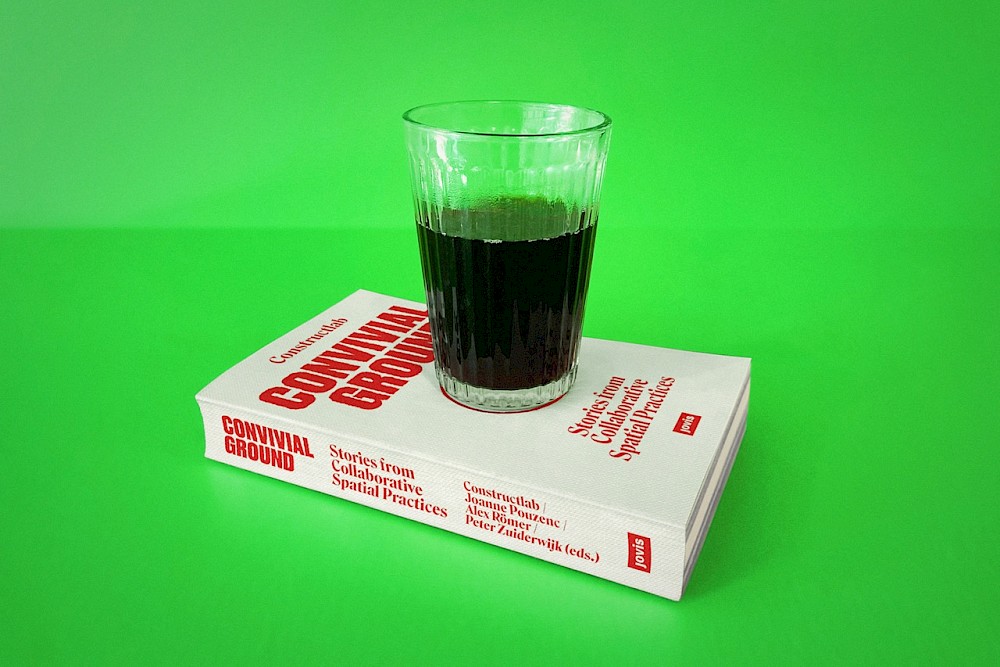
Roundtable #3 On Gathering, Conviviality and the Embrace of Friction in a Collaborative Approach to Design and Art Research
In this roundtable, designer Peter Zuiderwijk moderates an open roundtable with three artist-researchers and two collectives who all have a collaborative approach to art and design. The key theme is the political act of gathering and allowing conflict to occur to create convivial grounds, two concepts Zuiderwijk and others of the transnational European Network Constructlab explored in the 2022 published book Convivial Grounds, Stories from Collaborative Spatial Practices.
Following a short presentation on each of their practices, the participants share their experiences as (political) mediators to bring different people together in their research work and jointly explore the role of conflict in this process.
With /
Peter Zuiderwijk (Moderator)
Peter Zuiderwijk is a designer based in The Hague, known for his research-driven, collaborative design approach. He co-leads Collective Works with Karin Mientjes, a studio dedicated to participatory design that involves people from diverse backgrounds.
Their projects focus on socio-spatial questions and emphasize the entire design process—from observation and analysis to execution. The results include activist campaigns, situational branding, spatial proposals, and social interventions, all aimed at creating meaningful impact beyond traditional graphic design.
Collective Works is also part of Constructlab, an international design-build network. Constructlab brings together designers, builders, sociologists, urban planners, graphic designers, and educators to merge conceptual work with hands-on construction. The network fosters a collaborative spirit, ensuring projects move seamlessly from ideas to tangible structures while blending creative exploration with practical solutions.
Peter Zuiderwijk (Moderator)
Peter Zuiderwijk is a designer based in The Hague, known for his research-driven, collaborative design approach. He co-leads Collective Works with Karin Mientjes, a studio dedicated to participatory design that involves people from diverse backgrounds.
Their projects focus on socio-spatial questions and emphasize the entire design process—from observation and analysis to execution. The results include activist campaigns, situational branding, spatial proposals, and social interventions, all aimed at creating meaningful impact beyond traditional graphic design.
Collective Works is also part of Constructlab, an international design-build network. Constructlab brings together designers, builders, sociologists, urban planners, graphic designers, and educators to merge conceptual work with hands-on construction. The network fosters a collaborative spirit, ensuring projects move seamlessly from ideas to tangible structures while blending creative exploration with practical solutions.
Andrea Stultiens
Blue Brothers, collective modes of investigation and situated ambitions.
Since 2008 Ugandan elder Kaddu Wasswa (1933) and I collaborate in efforts to develop knowledge production with and around grass roots (photo) archives in Uganda. This led to several publications and exhibitions. It also led to misunderstandings and friction, perhaps not surprising given our very different backgrounds and subject positions. In my brief contribution to the round table I will make an effort to unpack these conditions and what they result in, based on our most recent publication: Able & Willing. This fully made in Uganda publication is also the first in s series addressing the relationship between archives and museums within the particularly stuated context of Uganda. The title of the series, ‘Blue Brothers’, is based on a poem written by Kaddu Wasswa.
Andrea Stultiens
Blue Brothers, collective modes of investigation and situated ambitions.
Since 2008 Ugandan elder Kaddu Wasswa (1933) and I collaborate in efforts to develop knowledge production with and around grass roots (photo) archives in Uganda. This led to several publications and exhibitions. It also led to misunderstandings and friction, perhaps not surprising given our very different backgrounds and subject positions. In my brief contribution to the round table I will make an effort to unpack these conditions and what they result in, based on our most recent publication: Able & Willing. This fully made in Uganda publication is also the first in s series addressing the relationship between archives and museums within the particularly stuated context of Uganda. The title of the series, ‘Blue Brothers’, is based on a poem written by Kaddu Wasswa.
Pangaea
Patatrac, have you also become a We?
Pangaea is a collective based in The Hague (NL) initiated by Elisa Piazzi and Johannes Equizi. They address social and environmental issues by combining self-publishing, architecture, speculative, and game design. Collectivity and co-creation are investigated both as methodologies as well as research topics.
Pangaea’s first project, Patatrac, have you also become a We?, is a publication that explores the complexities of collaboration through conversations with various collectives. It reflects their desire to understand what it truly means to work together in a world increasingly shaped by individualism. With this dialogical research Pangaea aims at creating a terrain to stimulate exchange of knowledge and experiences.
Pangaea
Patatrac, have you also become a We?
Pangaea is a collective based in The Hague (NL) initiated by Elisa Piazzi and Johannes Equizi. They address social and environmental issues by combining self-publishing, architecture, speculative, and game design. Collectivity and co-creation are investigated both as methodologies as well as research topics.
Pangaea’s first project, Patatrac, have you also become a We?, is a publication that explores the complexities of collaboration through conversations with various collectives. It reflects their desire to understand what it truly means to work together in a world increasingly shaped by individualism. With this dialogical research Pangaea aims at creating a terrain to stimulate exchange of knowledge and experiences.
Common Ground Practice
They asked me to design a house, I asked them to design a home
Common Ground Practice is a collaboration between Georgina Pantazopoulou (Greece) and Ilaria Palmieri (Italy). They met during their Master’s studies at the Interior Architecture department of the Royal Academy of Art (KABK).
At the moment of their encounter they were engaging with participatory practices in the spatial realm to contest hostile domestic living conditions, developing specific research tools to engage with a different vision of architecture in working in refugee centers and patriarchal domestic environments. Once they completed their studies they felt the necessity to develop those practices. With Common Ground Practice they hosted participatory workshops at De Voorkamer in Utrecht, at the AZC ( Asylum seekers’ centers) Den Helder and Leersum, at the Milano Design Week 2024. They are co-authored and editor of the publication project They asked me to design a house, I asked them to design a home which will be published at the beginning of 2025 with the support of Stimuleringsfonds.
Common Ground Practice
They asked me to design a house, I asked them to design a home
Common Ground Practice is a collaboration between Georgina Pantazopoulou (Greece) and Ilaria Palmieri (Italy). They met during their Master’s studies at the Interior Architecture department of the Royal Academy of Art (KABK).
At the moment of their encounter they were engaging with participatory practices in the spatial realm to contest hostile domestic living conditions, developing specific research tools to engage with a different vision of architecture in working in refugee centers and patriarchal domestic environments. Once they completed their studies they felt the necessity to develop those practices. With Common Ground Practice they hosted participatory workshops at De Voorkamer in Utrecht, at the AZC ( Asylum seekers’ centers) Den Helder and Leersum, at the Milano Design Week 2024. They are co-authored and editor of the publication project They asked me to design a house, I asked them to design a home which will be published at the beginning of 2025 with the support of Stimuleringsfonds.
Leonie Brandner
Cosmopoiesis of mandragora
The Mediterranean-growing mandragora is a medicinal plant and one of the best-recorded gynaecological herbal substances across history. In Ancient Greece, it was used as an aphrodisiac, a sleeping aid and as a narcotic in surgeries, to induce labour and expel stillbirths. But the mandragora is much more than simply medicinal – the plant gets mysteriously depicted in drawings as half-human-half-plant. The stories that emerged over 3000 years around the enigmatic human-plant grew into a fairy-tale and even a belief known as the ‘Alraunglaube’ (eng. mandragora belief). The belief stimulated a blackmarket, was used in the hunt on witches as evidence of magic and was most potent where the plant itself never even grew: on the North side of the Alps. But by the start of the 19th century, the knowledge of the plant and its story vanished into obscurity.
The research Leonie Brandner conducted around the mandragora has taken on two forms: as a book titled Three Becomes Two Becomes One Becomes None - cosmopoiesis of mandragoras published by Onomatopee and as a sung performance for fifty singers and one actress in collaboration with the opera singer Nina Guo titled If Only.
Whereas the book is personal as much as historical research of the mandragora plant both as a plant and in narratives around Europe and Asia, the performance is a contemporary interpretation of the mandragora’s many myths, a homage to a magical plant in sung form
Leonie Brandner
Cosmopoiesis of mandragora
The Mediterranean-growing mandragora is a medicinal plant and one of the best-recorded gynaecological herbal substances across history. In Ancient Greece, it was used as an aphrodisiac, a sleeping aid and as a narcotic in surgeries, to induce labour and expel stillbirths. But the mandragora is much more than simply medicinal – the plant gets mysteriously depicted in drawings as half-human-half-plant. The stories that emerged over 3000 years around the enigmatic human-plant grew into a fairy-tale and even a belief known as the ‘Alraunglaube’ (eng. mandragora belief). The belief stimulated a blackmarket, was used in the hunt on witches as evidence of magic and was most potent where the plant itself never even grew: on the North side of the Alps. But by the start of the 19th century, the knowledge of the plant and its story vanished into obscurity.
The research Leonie Brandner conducted around the mandragora has taken on two forms: as a book titled Three Becomes Two Becomes One Becomes None - cosmopoiesis of mandragoras published by Onomatopee and as a sung performance for fifty singers and one actress in collaboration with the opera singer Nina Guo titled If Only.
Whereas the book is personal as much as historical research of the mandragora plant both as a plant and in narratives around Europe and Asia, the performance is a contemporary interpretation of the mandragora’s many myths, a homage to a magical plant in sung form
Rising Lai
Participatory Design In Dementia Care
Rising Lai is a Taiwanese designer-researcher specialising in universal design, inclusivity, and social justice. With a background in MA industrial design at the KABK, Lai's work spans assistive products, educational tools, and installations.
Currently pursuing a PhD with the HOMEDEM project, Lai's research focuses on innovative, participatory approaches to engaging people with dementia in meal decision-making. Through group discussions, photos, tastings, and interviews, Lai explores how collaborative methods enhance autonomy and person-centred care in dementia.
Rising Lai
Participatory Design In Dementia Care
Rising Lai is a Taiwanese designer-researcher specialising in universal design, inclusivity, and social justice. With a background in MA industrial design at the KABK, Lai's work spans assistive products, educational tools, and installations.
Currently pursuing a PhD with the HOMEDEM project, Lai's research focuses on innovative, participatory approaches to engaging people with dementia in meal decision-making. Through group discussions, photos, tastings, and interviews, Lai explores how collaborative methods enhance autonomy and person-centred care in dementia.
